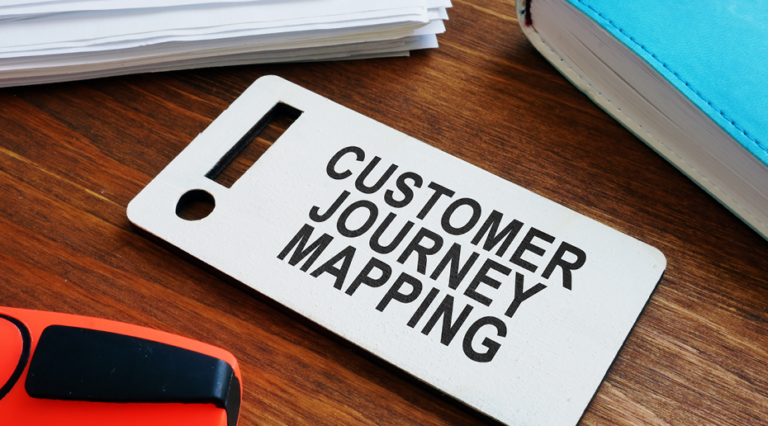In today’s competitive business environment, understanding your customer is the key to unlocking growth and loyalty. This is where customer journey mapping becomes not just a tool but an indispensable blueprint that helps businesses visualize the path their customers take from the first touchpoint to a lasting relationship.
What is Customer Journey Mapping?
Customer journey mapping is the process of creating a visual story of your customers’ interactions with your brand across all touchpoints. Whether it’s a purchase, a service call, or an online interaction, each step is plotted on a map to illustrate the customer’s experience. This map is not just a linear progression but often a complex network that reflects the real-world experiences of diverse customer personas.
Why Is It Important?
Understanding the customer journey is vital for several reasons:
- Empathy and Insight: Mapping the customer journey allows you to step into your customers’ shoes, gaining insights into customer motivations, pain points, and preferences.
- Cohesive Strategy Development: It ensures that every department, from marketing to sales to customer service, understands how their role affects the customer experience.
- Identifying Gaps and Opportunities: A customer journey map highlights the gaps between desired customer experience and the one currently provided, offering clear opportunities for improvement.
- Enhanced Customer Satisfaction: By understanding and improving the customer journey, you can enhance satisfaction, increasing the likelihood of customer retention and advocacy.
- Data-Driven Decision Making: A journey map is grounded in data from customer behavior, feedback, and analytics, leading to informed decision making.
How to Create a Customer Journey Map?
Creating a customer journey map is a strategic process that involves several steps:
- Define Your Objectives: Begin with clear goals. Are you trying to improve customer retention, increase conversions, or understand a new target demographic? Your objectives will shape the journey you map.
- Gather Data: Collect qualitative and quantitative data from customer surveys, feedback forms, web analytics, and CRM systems. This data will form the foundation of your customer journey map.
- Develop Customer Personas: Create detailed personas representing your customer segments. Personas should include demographic information, motivations, goals, and behavior patterns.
- List Touchpoints: Identify all possible customer touchpoints with your brand, both online and offline. This includes social media interactions, website visits, in-store experiences, phone calls, and more.
- Map the Customer Journey: With your data and personas at hand, map out the journey for each persona. Visualize the steps your customers take, what they’re thinking, and how they’re feeling at each stage.
- Identify Moments of Truth: Pinpoint critical moments that can make or break the customer’s experience. These are opportunities where a positive experience can significantly boost customer satisfaction and loyalty.
- Analyze and Optimize: Use the insights from your map to identify areas for improvement. This could involve streamlining processes, enhancing touchpoints, or introducing new services.
- Implement Changes and Monitor: After making adjustments based on your journey map, monitor the changes to see if they positively affect the customer experience.
- Iterate: Customer journey mapping is not a one-time-task. It should be an ongoing process of refinement as you gather new data and as your business and customer evolve.
The intricacy of deploying an effective customer journey map lies in the deep understanding of your customer base, meticulous attention to every interaction, and the flexibility to adapt as insights evolve. It is an endeavor that benefits from specialized skills in data analysis, understanding consumer behavior, and crafting a forward-thinking strategy. To enhance this process, partnering with a process documentation firm such as Scalability can be instrumental. We can bring precision to capturing each stage of the customer’s path, ensuring nothing is overlooked and that every opportunity for enhancement is captured. Harnessing the power of customer journey mapping, with the support of a Scalability process expert enables you to build stronger connections with your clientele, improve customer satisfaction and loyalty, and drive sustained organizational growth.
